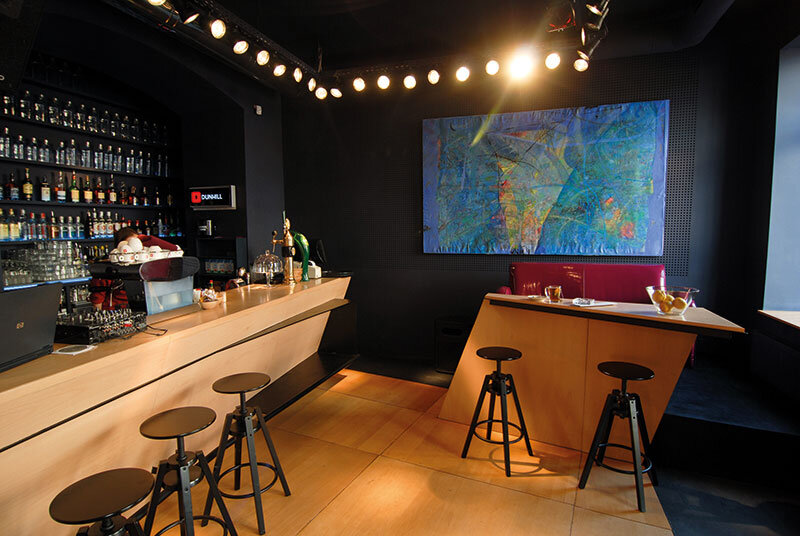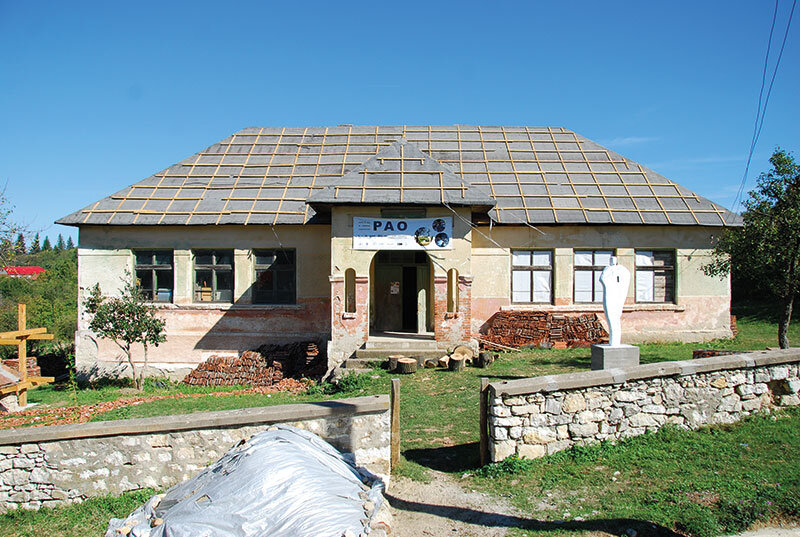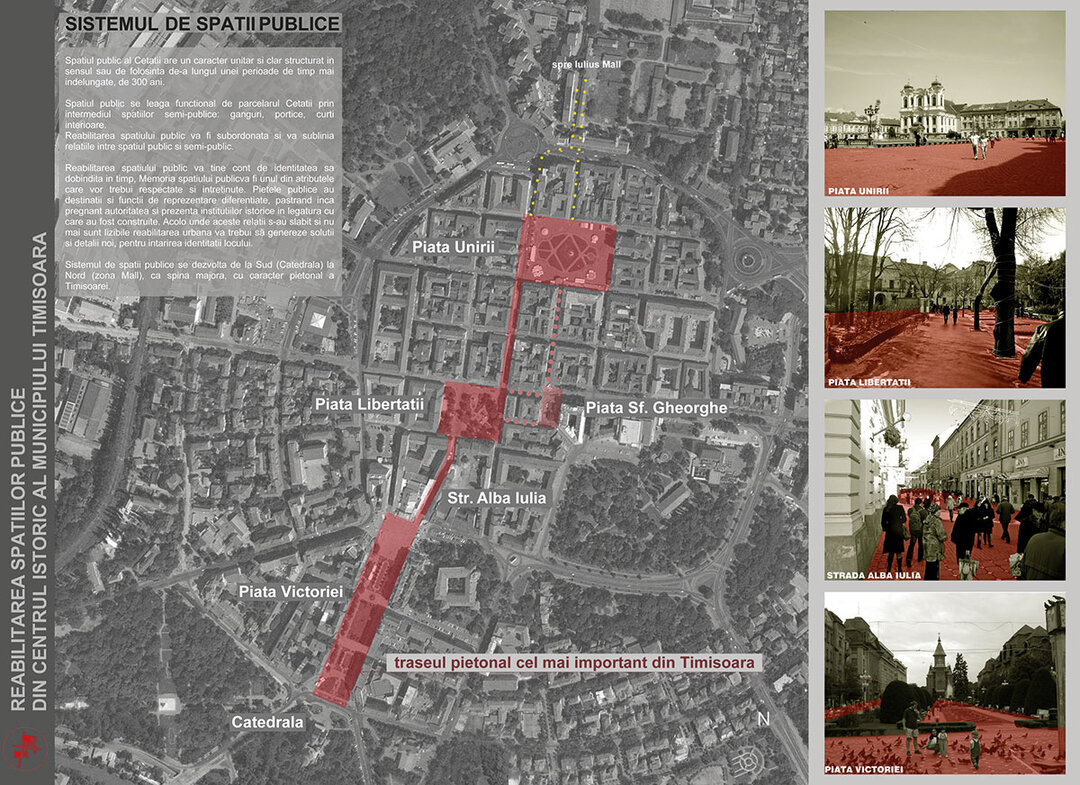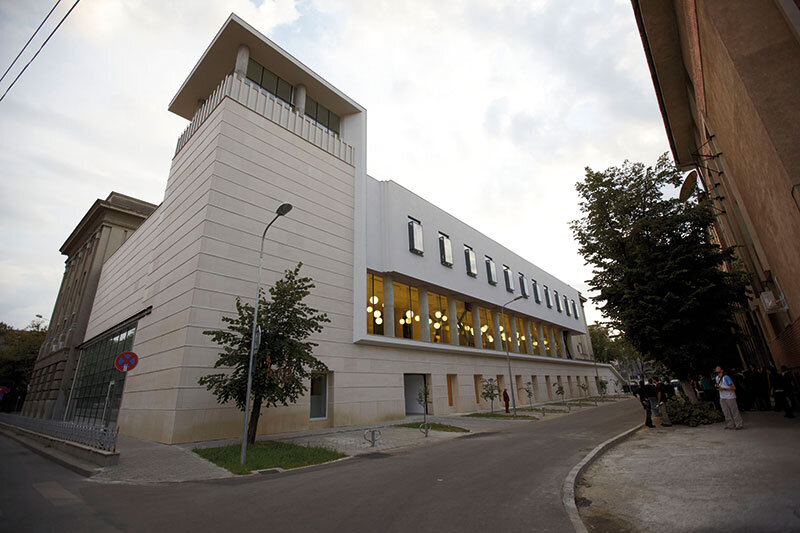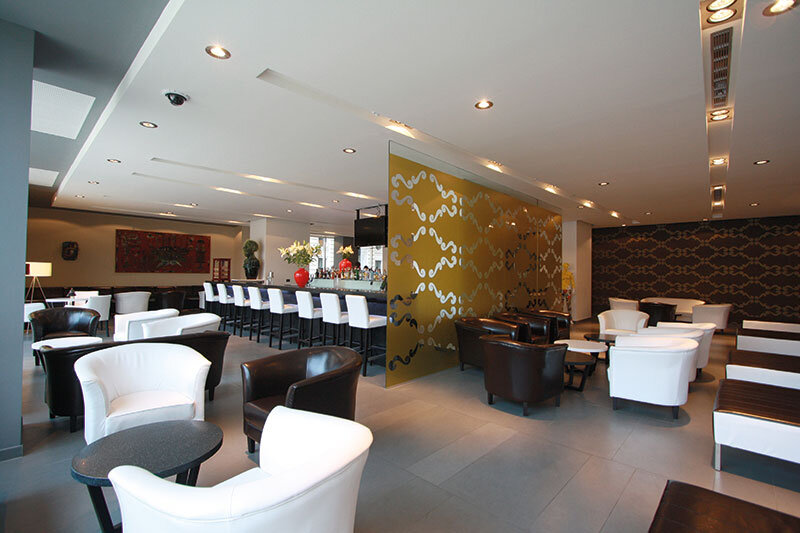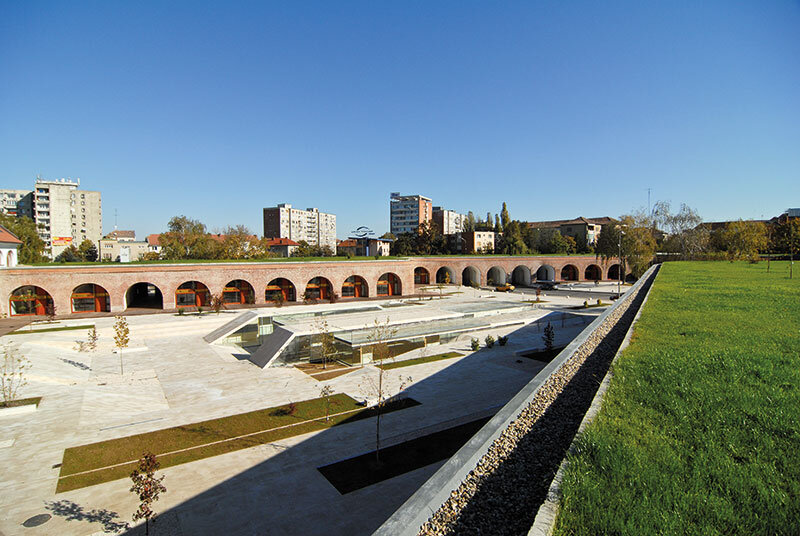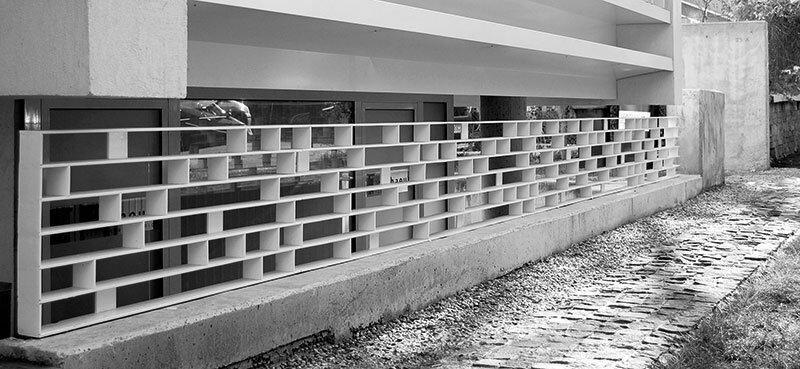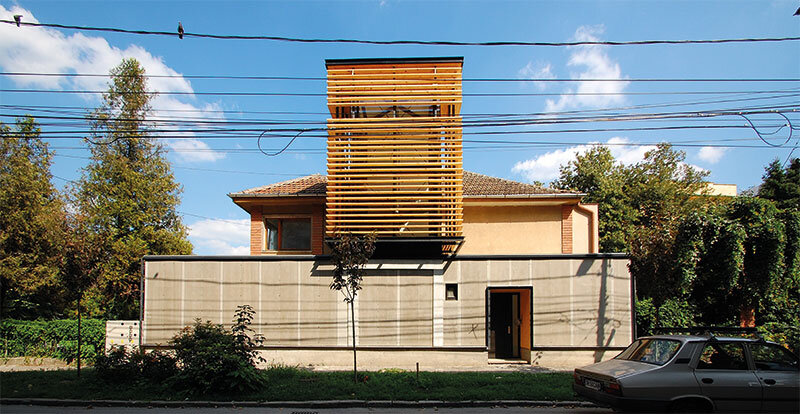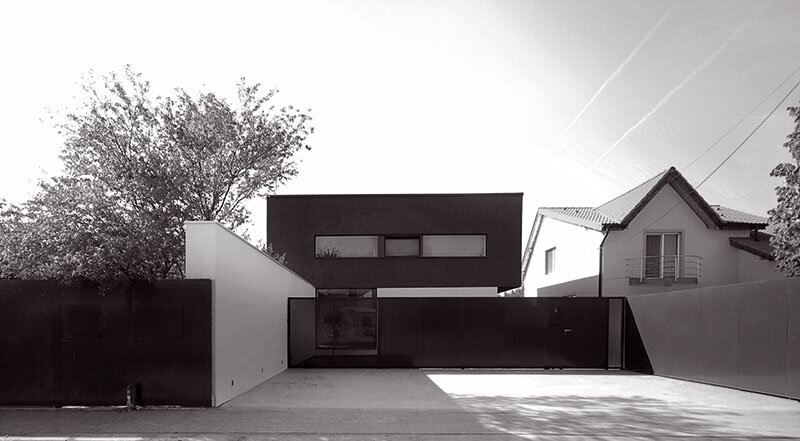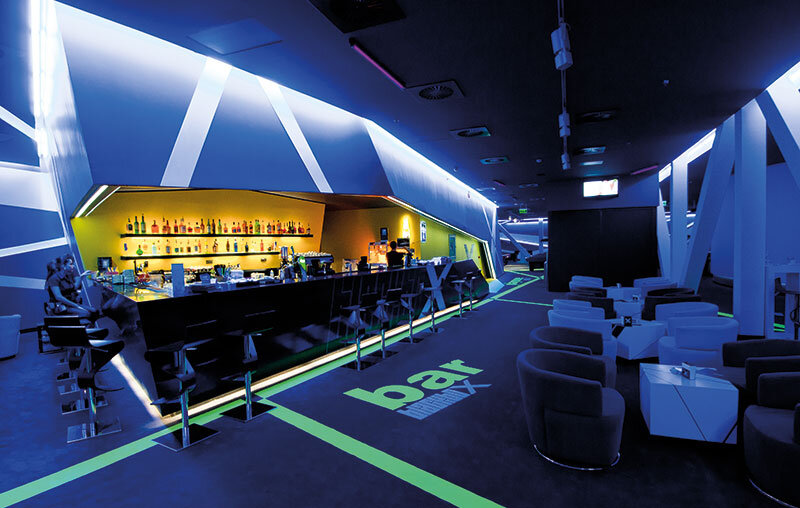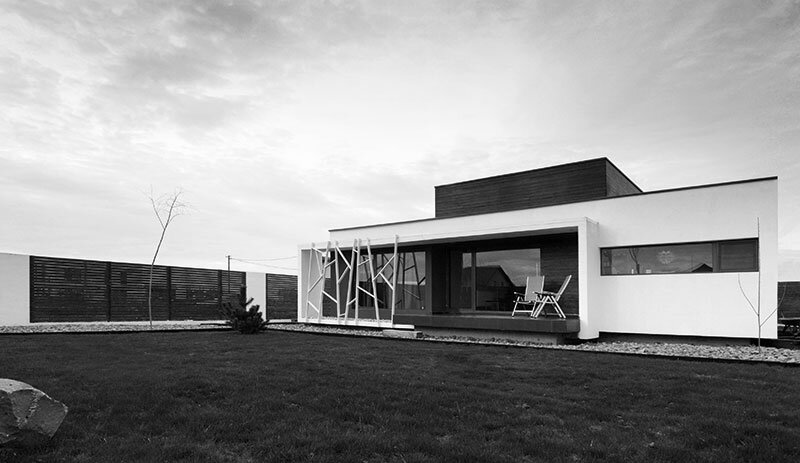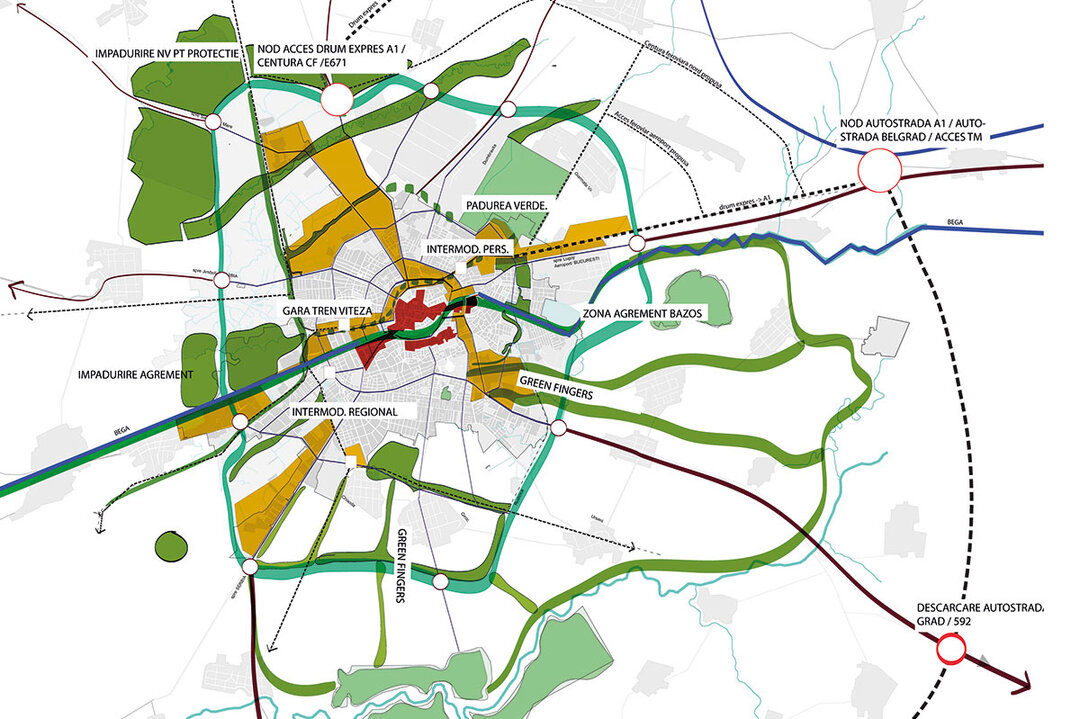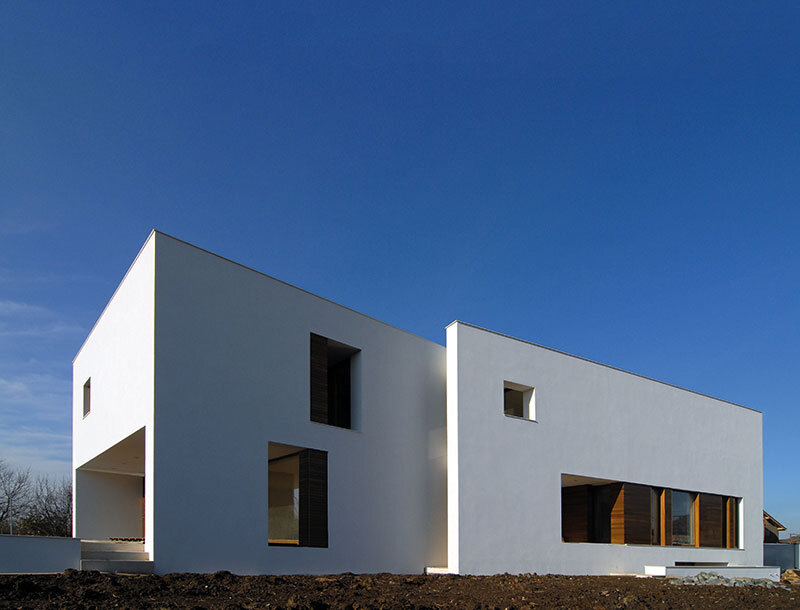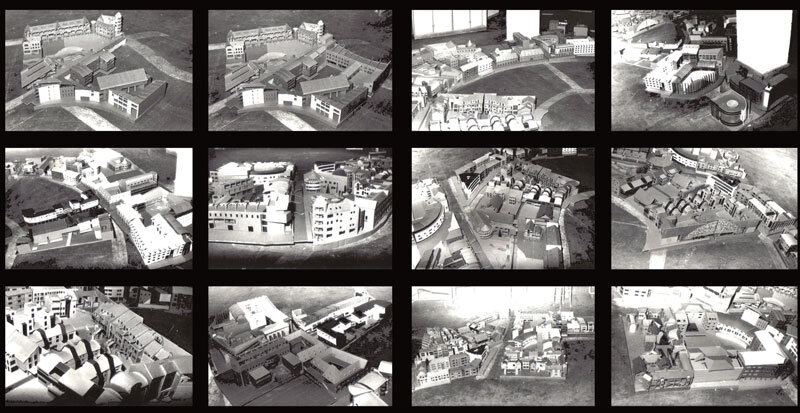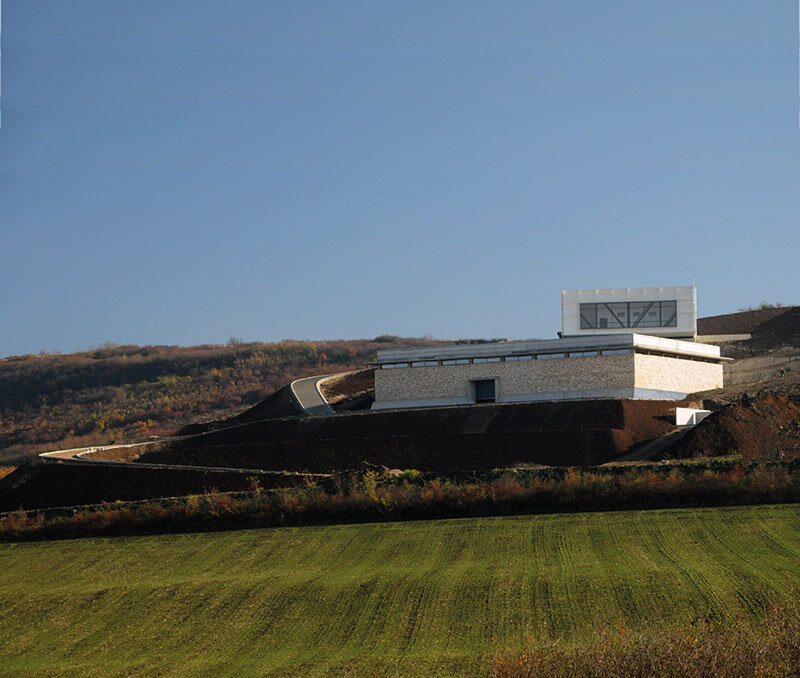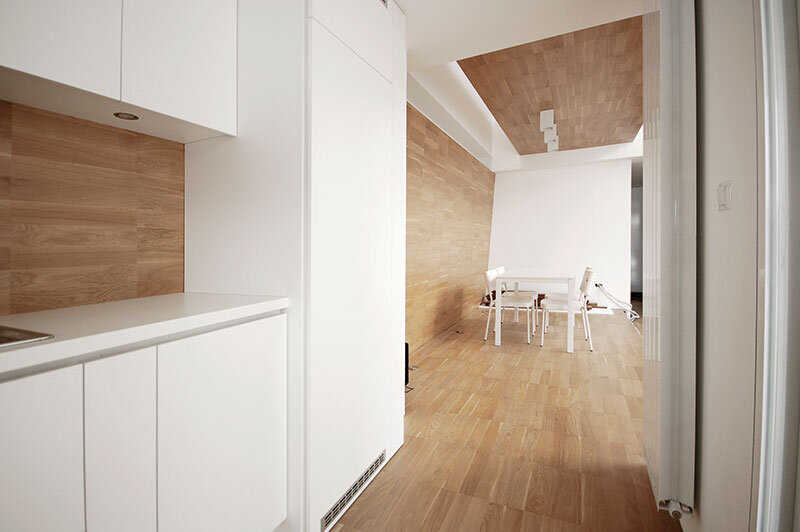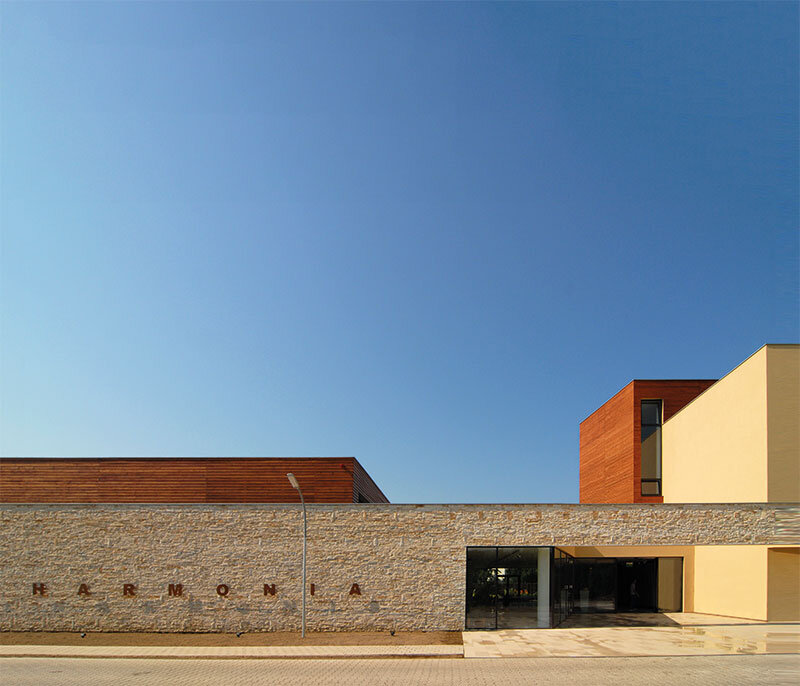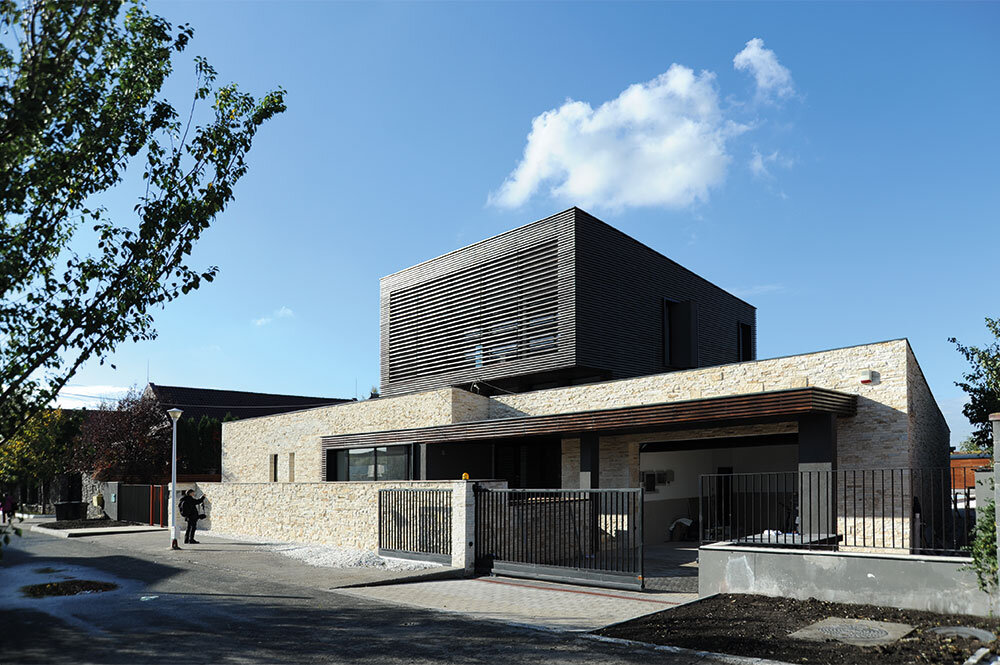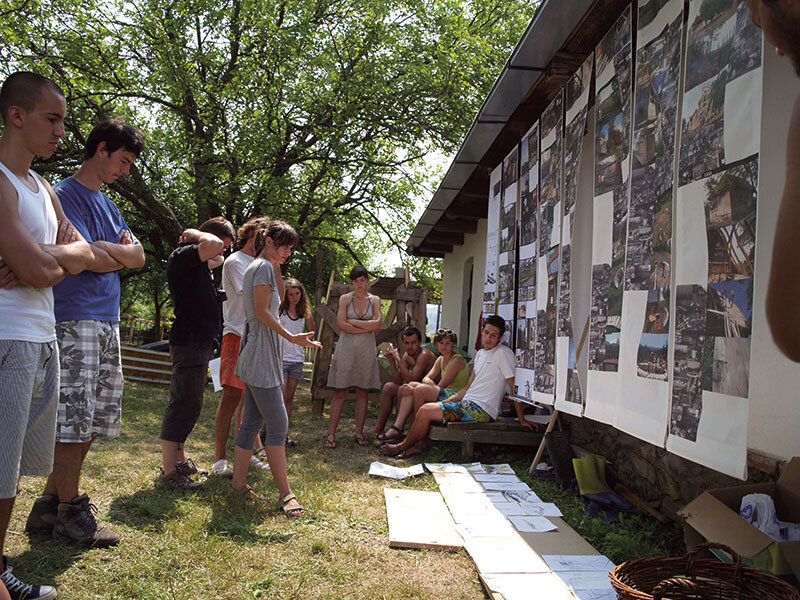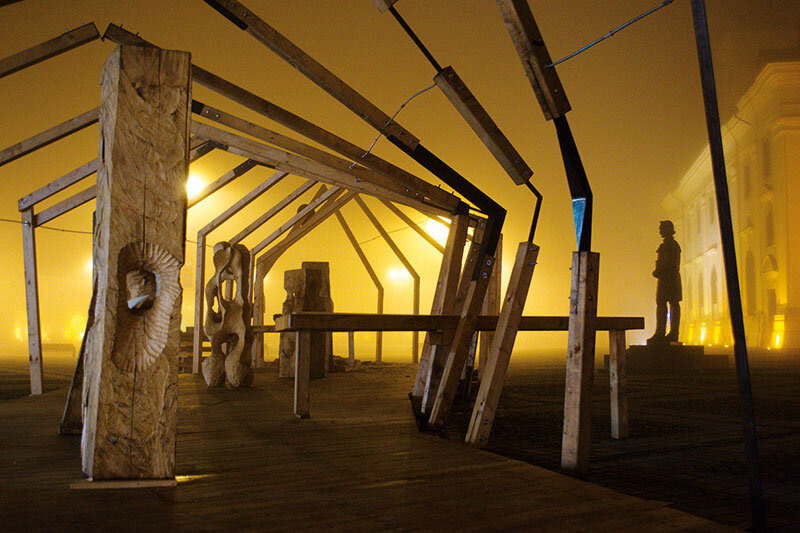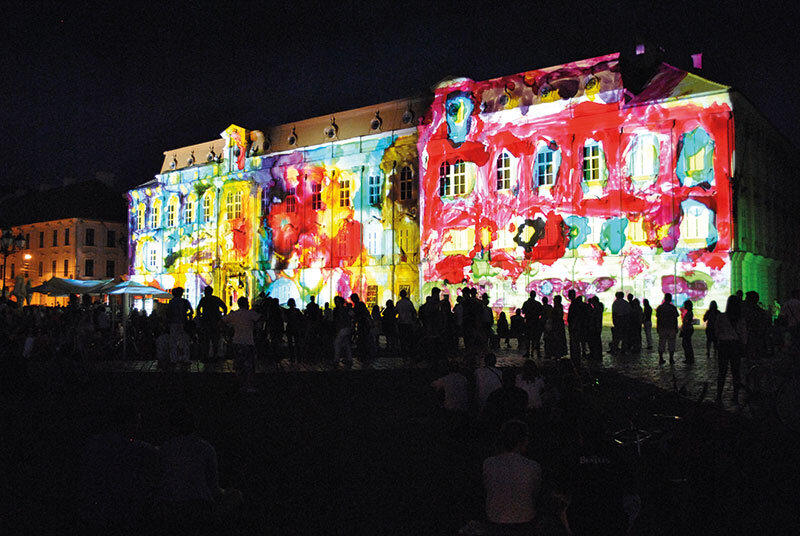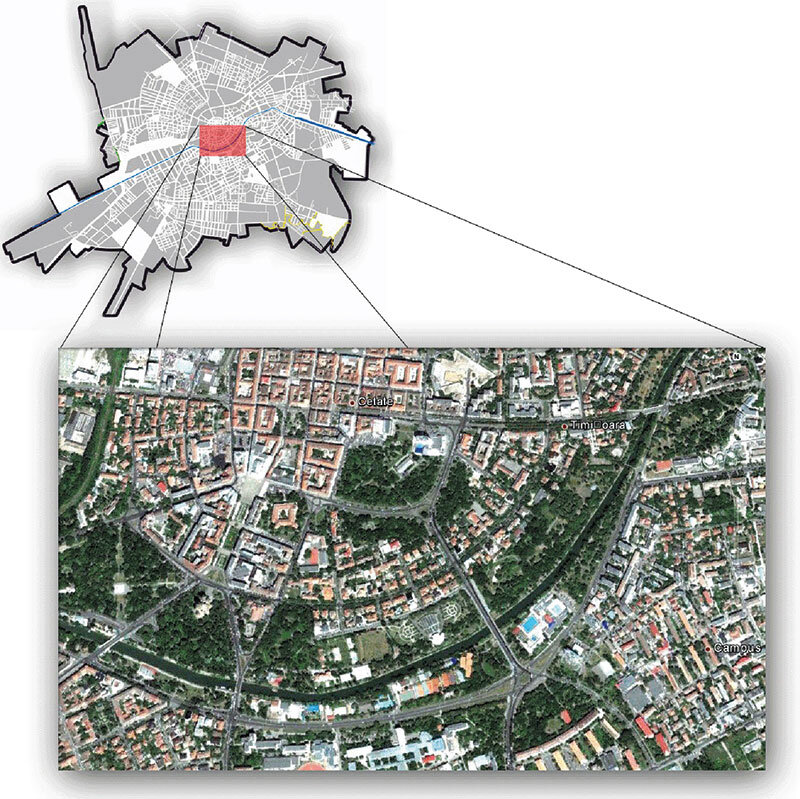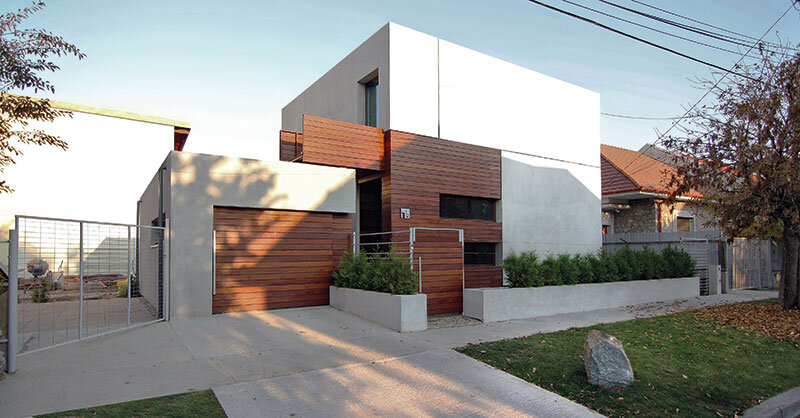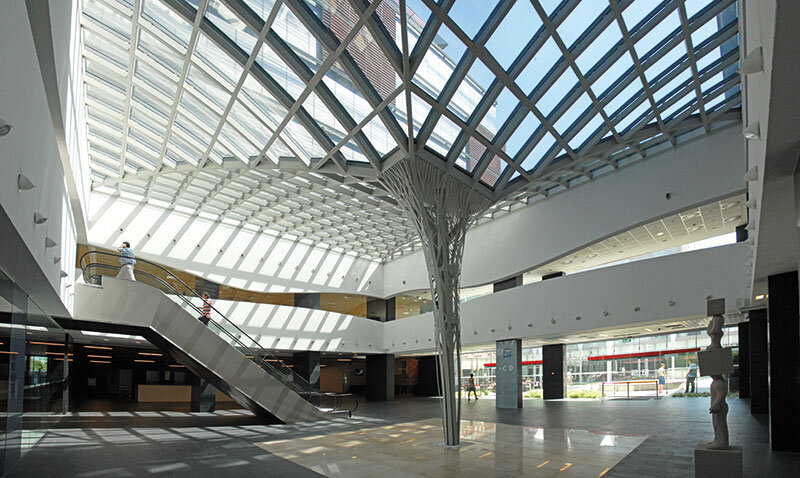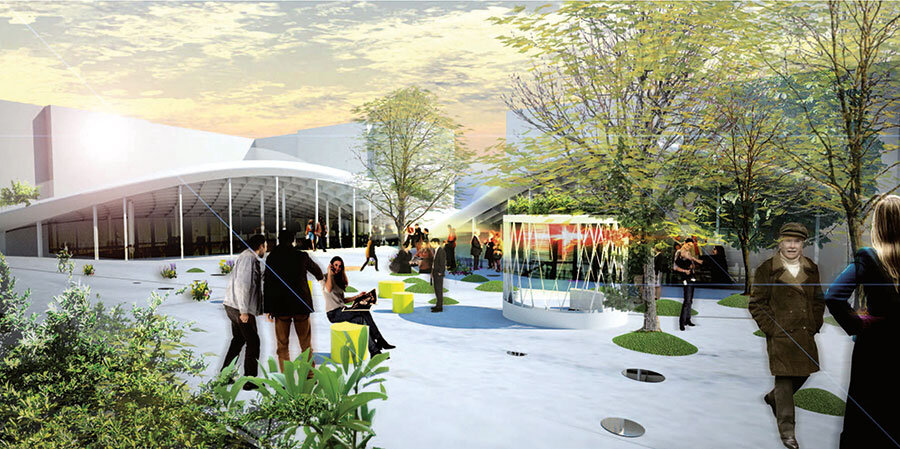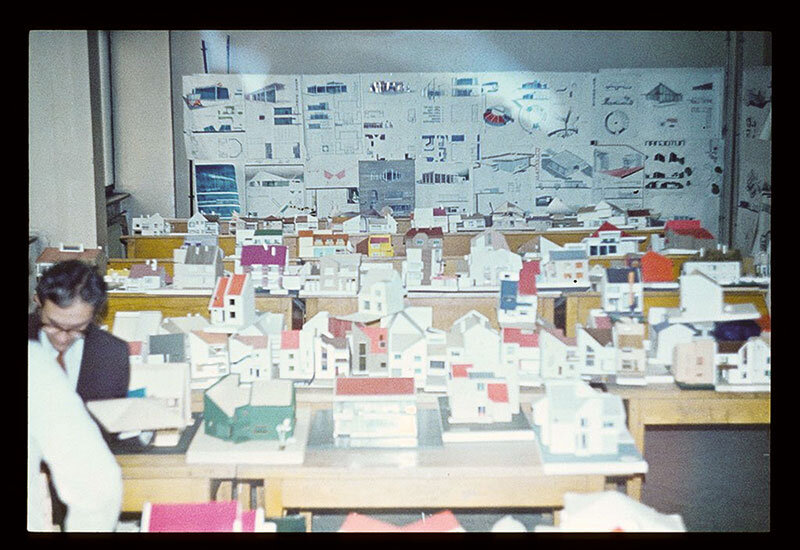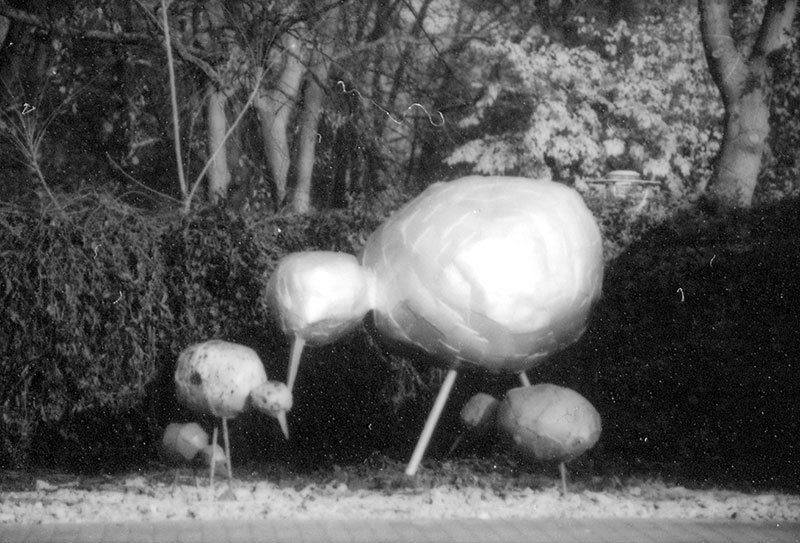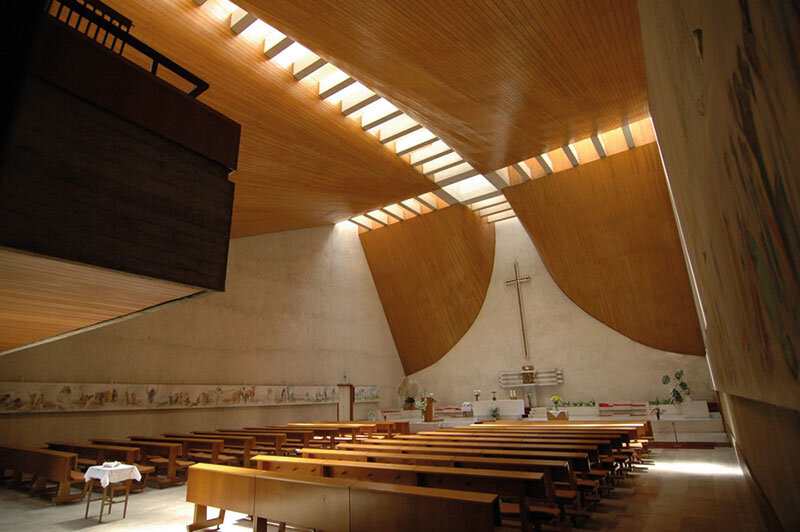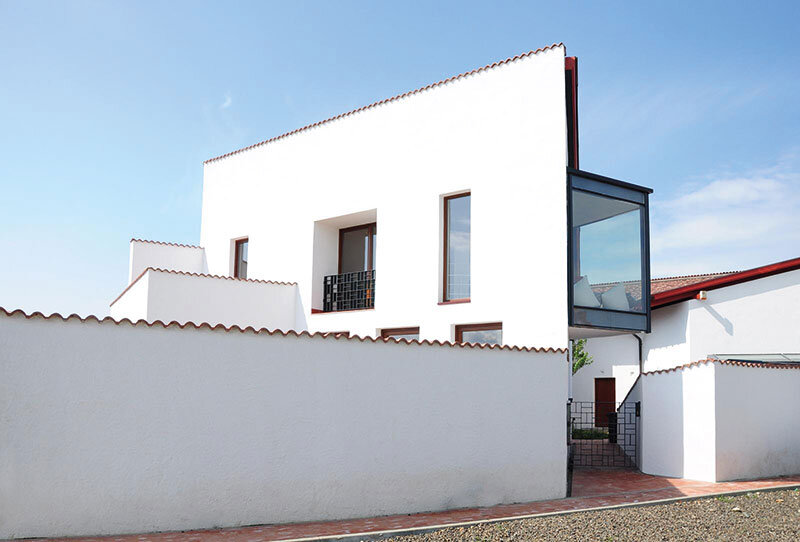
Gray neighborhoods
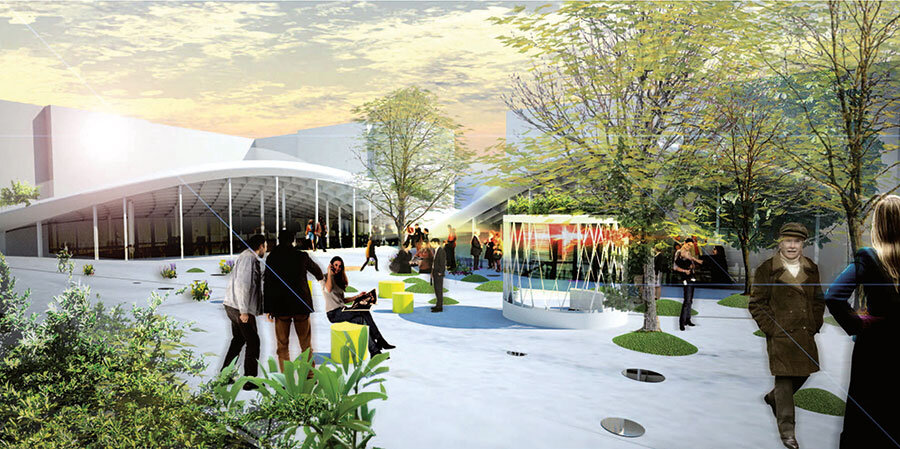
I am intrigued by urban interventions during communism. They are large-scale fragments, incomplete geometric interventions designed to replace an existing city. The fact that they are incomplete interests me most - because they represent the beginning of a debate about how urban geometry can dictate street activity and the form of newly proposed buildings.
Also, the lack of identity and the inability of these structures to provide minimal spatial support create endless opportunities to rethink, redesign. Approximately 16% of Timișoara's surface area is covered by such interventions, and they house half of the city's population!
Following the study carried out in the documentation part, we have proposed a redevelopment diagram based on a network of specific, diverse, accessible, community-maintained spaces. Each neighborhood would become a small brand - a representative space for its inhabitants.
In order to implement/exemplify this strategy, we chose a more well-defined quadrangle in the study area.
After studying the cognitive papers of the cvartal, a number of conclusions were selected in the form of solution-generating parameters.
The"client" of this project is a group of 195 families living in a complex of buildings constructed in the early 80s. Their dwellings are too small, densely compartmentalized, identical in plan, insufficient in terms of functionality and the social relations they generate. The effect of this type of housing on users is clear - in their active or passive reaction to events in the urban space. Therefore, with the ultimate goal of creating a community, we decided that it is not a building that should be generated, but a "mechanism that fosters communication". We considered that the mission of the proposal is not to create a function in a space, but rather a scenography that becomes the backdrop for several "short films".
The challenge lies in translating this central message into a spatial setting which, in addition to conveying it to users, invites interaction and involvement.
Thus, all the spaces generated are functionally very flexible, as many of them have been designed in such a way as to compel users to actively engage with them.
Another point of interest from the residents' perspective was the creation of spaces that involve minimal maintenance costs and allow them to be used periodically to raise funds for the community.
Read the full text in issue 1/2013 of Arhitectura magazine - Special Issue Timisoara

